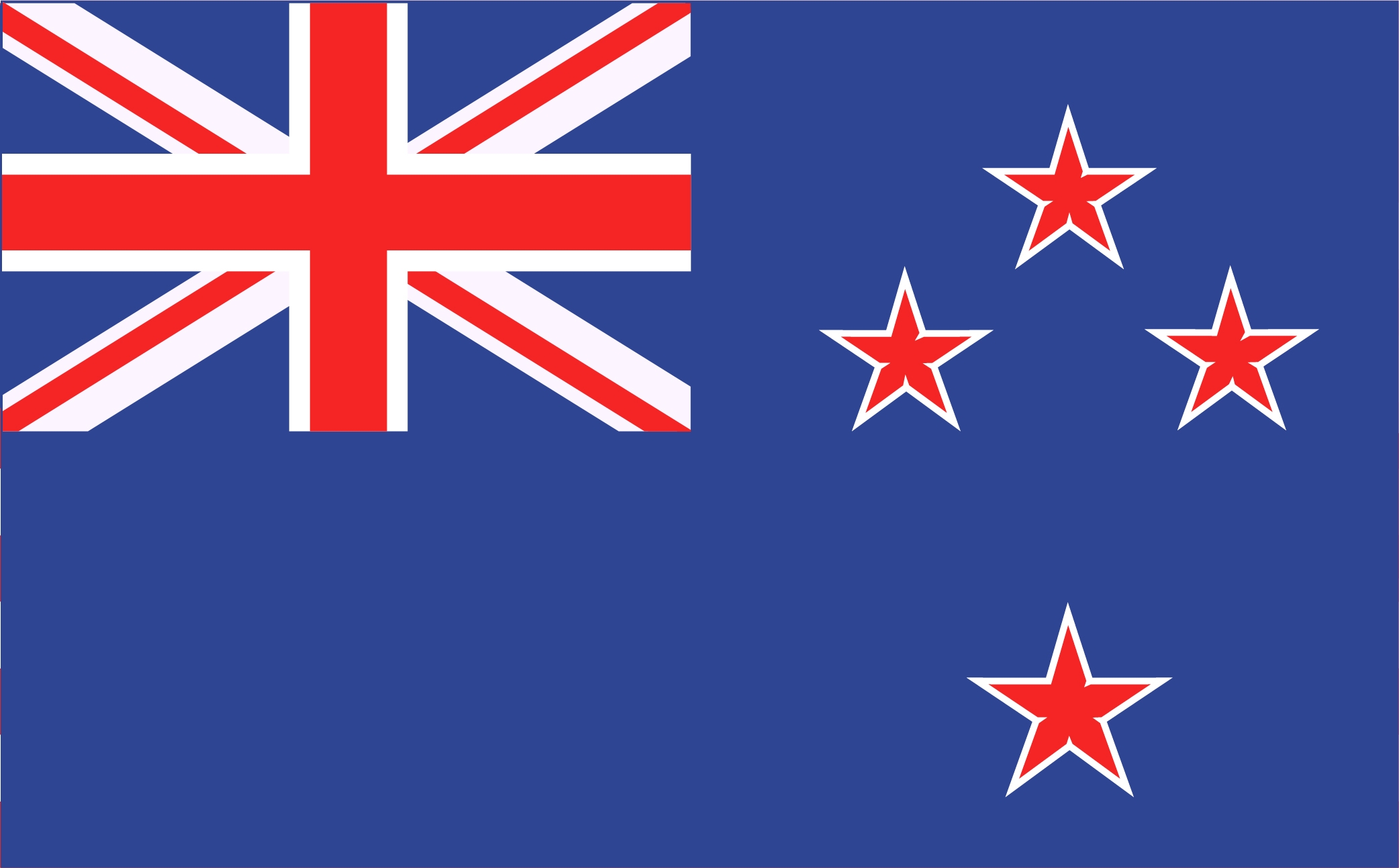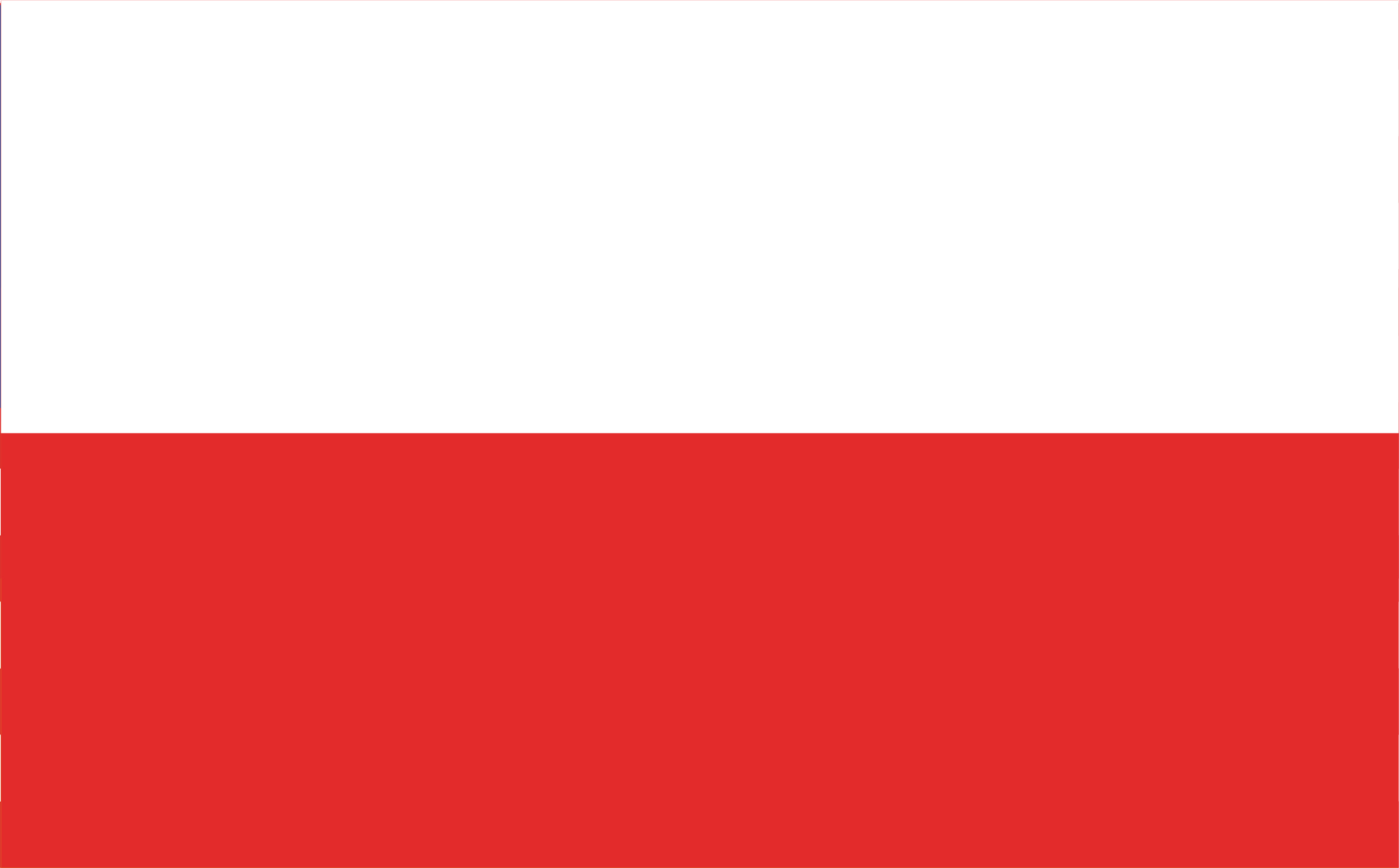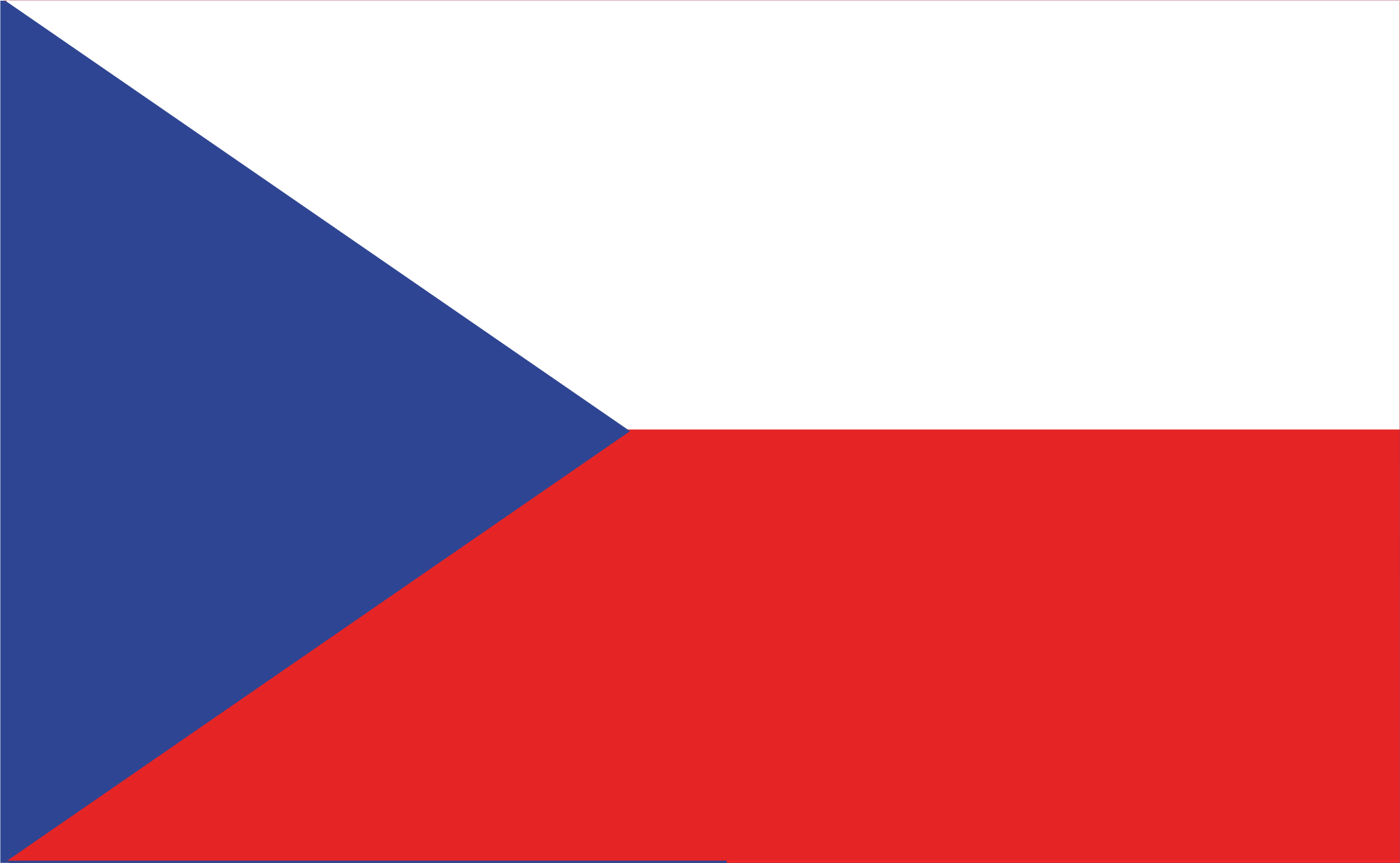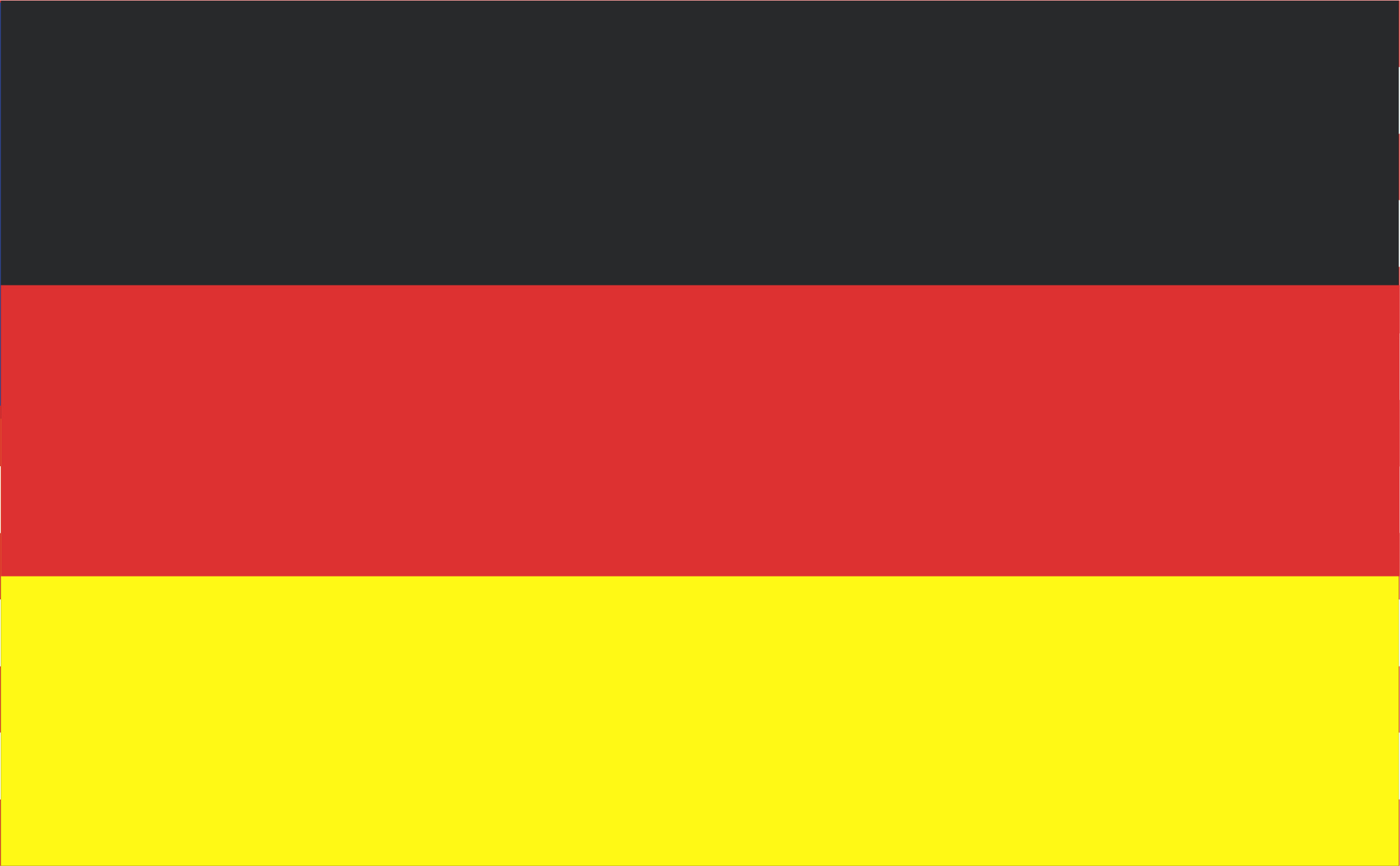About Lithuanian language
Lithuanian language phrases
Alphabet letters
































































Numbers










































There are many easily recognisable international loan words in Lithuanian
There are many easily recognisable international loan words in Lithuanian
Lithuanians have made up a lot of equivalents for foreign words as well
Lithuanians have made up a lot of equivalents for foreign words as well
Do you recognise the "lithuanised“ names of famous people?
Do you recognise the "lithuanised“ names of famous people?
Do you recognise the "lithuanised“ names of famous places?
Do you recognise these "lithuanised“ names of places?
Interesting facts about Lithuanian language
Interesting facts about Lithuanian language
- Fact 1
- Fact 2
- Fact 3
- Fact 4
- Fact 5
- Fact 6
- Fact 7
In most cases, a Lithuanian woman‘s marital status can be determined by her last name
The suffixes of the last names of girls and single Lithuanian women variate depending on the endings of their fathers‘ last names:
Butkus (father) – Butkutė (daughter), Kubilius – Kubiliūtė, Kazlauskas – Kazlauskaitė, Jonaitis – Jonaitytė.
When getting married, generally Lithuanian women still follow our quite unique tradition and choose to take their husbands‘ last name with a suffix -ienė, taking of the ending of their husband‘s surname to become, e. g. Jonauskienė, Budrienė, Petraitienė. Nowadays it‘s also possible to just change the masculine endings into feminine for both girls and married women to be, e. g. Kazlauskė, Budrė, Petraitė instead and to “hide“ the marital status this way. A woman can also retain her maiden name when getting married, but this is also not very common.
The first Lithuanian book came out only in the middle of the 16th century
It was Martynas Mažvydas’ Catechism, which appeared as late as 1547.
Booksmugglers are heroes in Lithuania
There was a period during the tsarist Russian times in Lithuania (1863–1904), when having Lithuanian books written in the Latin alphabet was a crime and booksmuggling prevailed. Booksmuglers risked their freedom and even their lives when transporting Lithuanian books from Eastern Prussia to Lithuania. Today, Lithuania is the only country in the world that has erected a monument for book smugglers!
Lithuanians have some very colourful swearwords
When a Lithuanian is slightly annoyed with a person or situation, she or he can say:
Rupūžė! (toad),
Rupūs miltai! (coarse flour),
Žaltys! (grass snake),
Velnias! (devil),
Kad tave sutrauktų! (wish you were contracted).
But if Lithuanians are REALLY angry, it‘s often English or Russian swearwords that escape their lips. Lithuanian is just too nice and tender to really swear in it, you know.
The longest Lithuanian word is
nebeprisikiškiakopūsteliaujančiuosiuose
No, it is not a word we use every day. Actually, it is a made-up word, meaning:
In those, of masculine gender, who aren’t gathering enough wood sorrel’s leaves by themselves anymore.
Lots of popular Lithuanian names are nature related:
Eglė (fir tree),
Saulė (sun),
Aušra (dawn),
Rasa (dew),
Liepa (linden tree),
Gintaras (amber),
Audrius (storm),
Ąžuolas (oak-tree),
Vėjas (wind), and many, many more!
The biggest Lithuanian Dictionary (Academic Dictionary of Lithuanian)
is considered to be one of the largest lexicographical works in the world!
It took about 100 years to finish it, and it was only in 2005 that the linguists were completely done with it. The dictionary consists of 20 volumes, which make 22000 pages.
A short test on Lithuanian language
A short test on Lithuanian language phrases
What do students of Lithuanian say about Lithuanian?
What do students of Lithuanian say about Lithuanian?







LITHUANIAN LANGUAGE AND CULTURE TO TASTE!

Want to learn more Lithuanian? Visit www.flf.vu.lt/lsk!